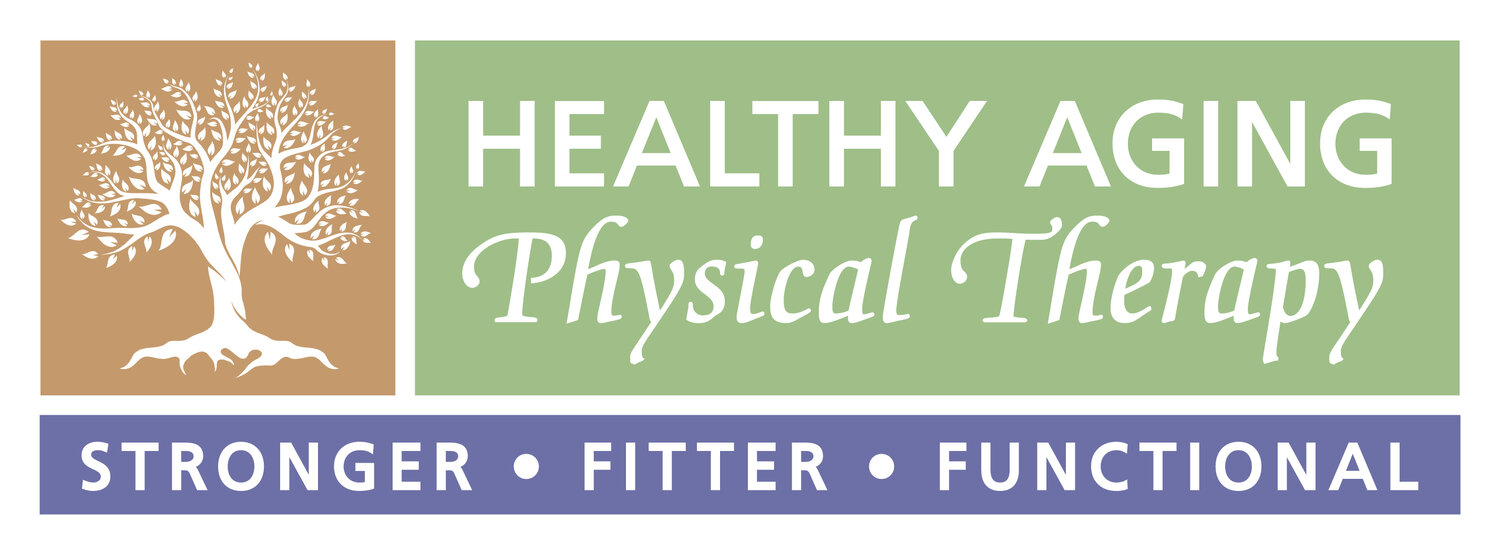Enjoy Summer WITHOUT Back Pain: Effective Strategies to Reduce Back Pain in Older Adults
Written By: Dr. Tracey Berman, PT, DPT and Healthy Aging Physical Therapist
It is a beautiful summer day, and you bend over to grab your bag to go to the beach. Suddenly, ouch! You feel pain in your lower back. Back pain is never fun to deal with and can put a damper on your summer plans. But remember, you are not alone. According to the National Institute of Health, back pain is one of the most common reasons people visit their doctors. As we age, various factors can contribute to back pain. Sometimes it is muscular, and sometimes it is structural. Finding the cause of your back pain can direct your course of treatment, and most treatments will involve some type of therapeutic exercise.
Understanding the Causes of Back Pain in Older Adults
Osteoarthritis: A Common Structural Cause
As we age, one of the structural causes of back pain is osteoarthritis. This is the breakdown of cartilage, the tissue that covers the ends of bones where they form a joint. When this tissue breaks down, bones are left unprotected and rub together, causing inflammation and pain. Osteoarthritis can also narrow the small holes that direct the nerves of the spine, often resulting in tingling, numbness, and pain that can radiate down your leg, commonly known as sciatica.
Osteoporosis: Loss of Bone Mass
Another reason for back pain as we age is osteoporosis, or the loss of bone mass. Your vertebrae can weaken to the point that you lose height, develop a hunched posture, and experience back pain. In some cases, this weakening can lead to fractures in the vertebrae, which can be quite painful.
Muscular Changes and Their Impact on Back Pain
Decreased Flexibility
Flexibility, or how limber you are, diminishes as we go through life. Normal aging involves a loss of collagen, which increases stiffness in our spine and joints and reduces the elasticity of muscles and tendons. This stiffness can make us want to move less because some motions cause pain, creating a cycle of moving less and becoming stiffer.
Sarcopenia: Loss of Muscle Mass
Sarcopenia, the loss of muscle mass and strength, can begin as early as your 30s. Physically inactive people can lose as much as 3% to 5% of their muscle mass each decade after age 30. Weaker muscles make you more prone to injuries like back sprains and strains.
How Back Pain Affects Daily Activities
Back pain can significantly impact how we move throughout the day, interfering with activities like standing in line at the grocery store, sitting to watch TV, reaching up in cupboards, climbing stairs, or picking up grandchildren. This pain can cause us to move less to avoid discomfort, but sometimes movement can actually help reduce pain by increasing blood flow and fighting inflammation.
The Role of Exercise in Reducing Back Pain
Aerobic Exercise
Walking is a fabulous low-impact aerobic exercise that can help reduce back pain. Swimming and cycling, whether on the road or a stationary bike, are also excellent options. Aerobic exercise promotes blood flow, bringing nutrients to the spine and boosting endorphins, the body’s natural painkillers.
Strength Training
Strength training builds muscle strength and doesn’t require a gym membership or heavy weights. Your physical therapist can guide you through appropriate strength training exercises using body weight, resistance bands, and light weights. Strengthening your core muscles is crucial for protecting your spine. Core muscles include your obliques, transverse abdominals, and rectus abdominals, which form a “corset-like” support for your spine.
Stretching
Stretching improves flexibility and can alleviate pressure on joints, especially for those with osteoarthritis. Incorporating yoga poses like child’s pose and cat-cow, along with static stretching routines for your hamstrings, hip flexors, and trunk muscles, can be beneficial.
Balance and Stability Exercises
Balance exercises, such as standing on one leg or walking with slow head movements, activate the small postural muscles in your back that help you stay upright. Stronger postural muscles provide more support for your back, reducing pain. Tai Chi is an excellent exercise for improving balance and incorporating deep breathing, which helps decrease muscle tension.
Starting an Exercise Program Safely
Getting Started
First, get medical clearance from your doctor before starting any exercise program if you have any unstable medical conditions or other health concerns. Start slowly and for short periods, keeping a journal to track your progress. Listen to your body and recognize signs of overexertion, such as fast breathing, dizziness, or chest pain. Warm up before exercising, and cool down afterward to allow your heart rate and blood pressure to return to pre-exercise levels.
Avoiding Common Mistakes
Proper technique and form are crucial to prevent injury. Avoid bouncing in a position, ignoring your limitations, and lifting weights that are too heavy. Consult a physical therapist or reputable instructional videos for guidance.
Diet and Sleep: Supporting Your Back Health
Maintaining a Healthy Weight
Carrying excess weight can strain your back. Aim to maintain a healthy weight through a balanced diet and regular exercise. Incorporate anti-inflammatory foods like tomatoes, olive oil, green leafy vegetables, nuts, fatty fish, and fruits such as strawberries and blueberries. The Mediterranean diet is a great example of an anti-inflammatory diet.
Proper Sleep Positions
Supporting your back during sleep is crucial. If you’re a side sleeper, place a pillow between your legs to keep your spine aligned. If you sleep on your back, place a pillow under your knees to relax your back muscles. Try to avoid sleeping on your stomach, but if you must, place a pillow under your hips to reduce strain on your back.
Back pain doesn’t have to ruin your summer plans. By understanding the causes and implementing a comprehensive management plan that includes exercise, diet, sleep, and other pain management tools, you can ease the pain and enjoy your favorite summer activities. Talk to a physical therapist to develop a personalized plan to keep your back healthy and pain-free.








